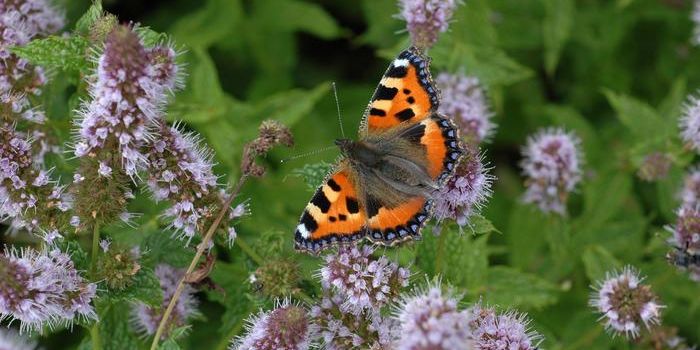Nepal's Efforts to Rebound Tiger Population Seem to be Working
Tigers are among one of the beautiful species on Earth that are hurting right now in terms of population. They’ve been victims of poaching for so long, primarily because their pelts are so valuable.

The population numbers, which are cited to have been around 300,000 as little as 70 years ago, have dropped to a jaw-droppingly-low amount of somewhere around 3,000 as polled in 2010, and the numbers may have even continued to decline since then.
In 2010, at the time of the 3,000 body-count, the country of Nepal accounted for just over 100 of those tigers. With things going the way they were, the nation made the commitment to try and double its number of tigers by 2022.
A more recent census has reportedly shown that Nepal has been making strides in increasing its tiger population. With the combined effort of conservationists and government law enforcement who are committed to protecting the species, Nepal is on track to meet or exceed its goal.
“The tiger population in Parsa Wildlife Reserve has significantly increased since the last census, this is fantastic news for tigers and it demonstrates that Nepal’s dedicated conservation efforts are delivering clear results,” Krishna Prasad Acharya, the director of Nepal’s Director General of the Department of National Parks and Wildlife Conservation (DNPWC) said in a statement.
“Nepal has committed to doubling its tiger population by 2022 and encouraging results like these show that we are on track to achieve that.”
There are a number of places where Nepal is taking priority to preserve the species, and among those are Chitwan National Park and the Parsa Wildlife Reserve. Conservation efforts are expected to only strengthen in coming years as Nepal works to expand conservation to three more territories throughout the region.
It seems that conservation efforts do, in fact, work. It’s just going to take time and resources if we’re ever going to see the tiger at the numbers that they once were.
Source: National Geographic, ZSL








